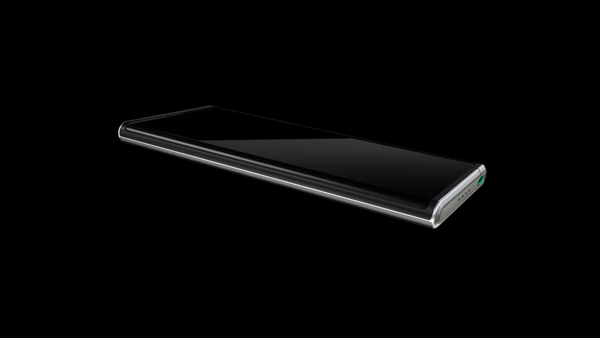
At the OPPO INNO DAY 2020 in Shenzhen, China under the theme “Leap into the Future” the company showcased three breakthrough technologies. It announced “3+N+X” technology development strategy and showcased OPPO X 2021 rollable concept smartphone with expandable screen, OPPO AR Glass 2021 and OPPO CybeReal AR application.
Starting with the 3+N+X technology development strategy, the “3” refers to the three underlying technologies, namely hardware, software and services technologies, “N”, represents a number of OPPO’s essential capabilities, including AI, security and privacy, multimedia, and interconnectivity and the “X”, refers to the leading-edge and differentiated technologies and strategic resources such as the flash charge technology that foster innovation and greatly improve user experience.
OPPO sadi that it believes in “Technology for Mankind, Kindness for the World” that the purpose of corporate innovation should be people.
OPPO X 2021 rollable concept
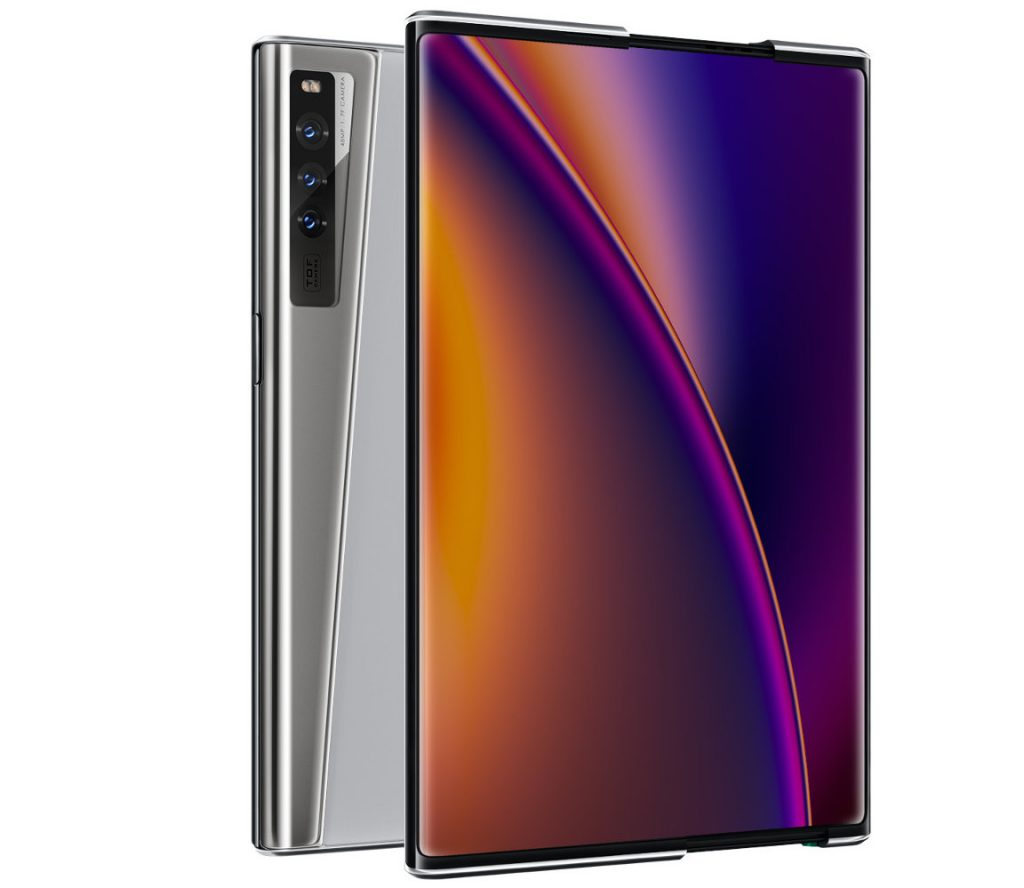
The OPPO X 2021 rollable concept phone from OPPO R&D is the company’s latest achievement in flexible display and structural stacking, bringing users more natural interactive experience. This features OPPO’s three proprietary technologies, including the Roll Motor powertrain, 2-in-1 Plate, and self-developed Warp Track high-strength screen laminate made with high-strength steel that is just 0.1mm thick at its thinnest. They lead to a continuously variable OLED display expands from 6.7 inches to 7.4 inches.
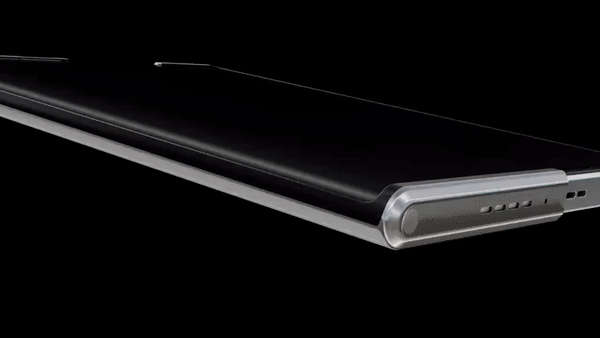
Underneath, 2-in-1 plate on the rollable OLED concept uses a comb-like internal structure for consistent strength, whatever the shape. Despite this rolling mechanism, the display doesn’t show any crease or folds, thanks to bearing with a slider on the display side with a 6.8mm arc. OPPO said that it applied for 122 patents for the device that includes 12 patents related to the rolling mechanism alone. The image shows triple rear cameras and a side-mounted fingerprint scanner, but the company did not confirm any specifications of the concept device or when we can see in reality.
OPPO AR Glass 2021
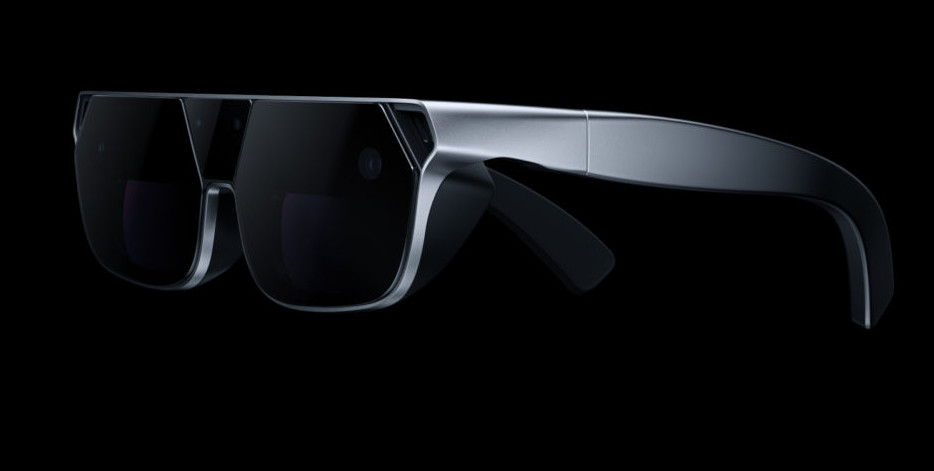
The OPPO AR Glass 2021 uses brand-new split design, is compact and ultra-light and is nearly 75% lighter than its predecessor. It is built with the Birdbath optical solution, enhancing the immersive experience and features diverse sensors, including stereo fisheye camera, one ToF sensor, and one RGB camera.
There are 21 points mapped on each hand for smooth control and interaction with virtual interfaces. #OPPOARGlass2021 #OPPOINNODAY20 pic.twitter.com/F2CYTz6JFC
— OPPO (@oppo) November 17, 2020
They can not only support a number of natural interactions, including interactions via smartphone, gesture-based interactions, and spatial localization, but also complete the three-dimensional spatial localization calculation within milliseconds, achieving precise localization and offering users real and natural experience of spatial interaction in the AR world through constant update and feedback of real-time position of the user within the space.
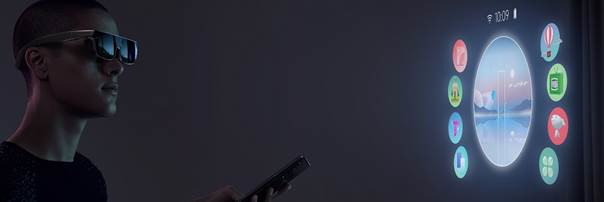
Through increased sharpness, brightness and a semi-open rear cavity acoustic design, the OPPO AR Glass2021 ‘Birdbath’ optical solution creates a home-theater experience equivalent to watching 90-inch screen from 3 meters away. When connecting an OPPO Find X2 Series device to OPPO AR Glass 2021 via USB-C, the Qualcomm Snapdragon 865 chipset enables a 40% CPU and 50% GPU performance boost and also allows touch and swipe control on AR Glass 2021, similar to how you would use a TV remote.
OPPO CybeReal AR app
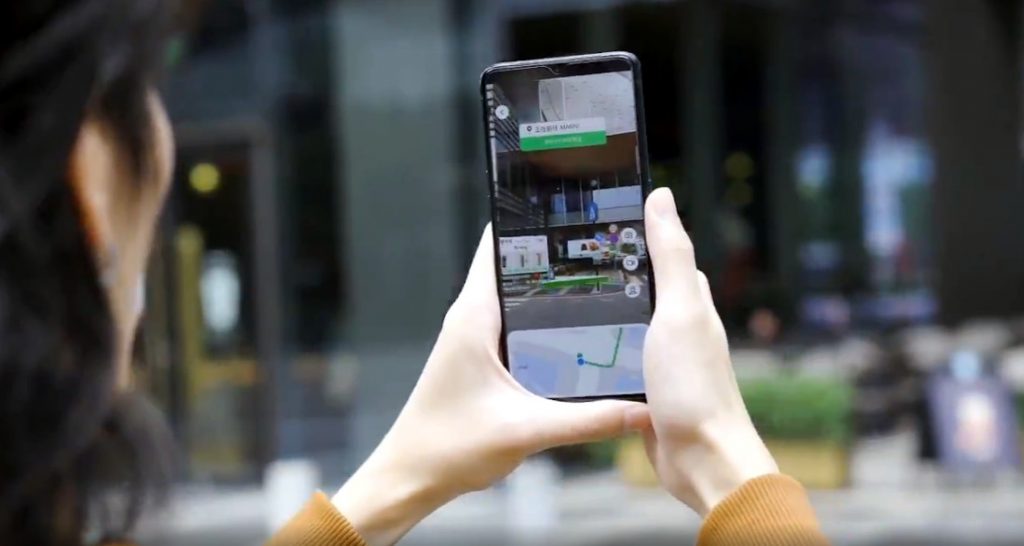
The OPPO CybeReal AR application powered by real-time, spatial calculation technology enables high-precision localization and scene recognition, and is supported by OPPO’s three core technologies, including accurately reconstructing the world to the centimeters, real-time high-precision localization, and OPPO Cloud, enriching user’s perception and understanding of the real world.
CybeReal is a complex fusion of data including GPS, Wi-Fi, Bluetooth network information, SLAM and leveraging information on digital duplicates of local environments via OPPO cloud. OPPO incorporates multiple sensing technologies in CybeReal. The location is first estimated by considering the current status of GPS, or movement sensors, Wi-Fi, and Bluetooth information.
Cameras and SLAM or Simultaneous localization and mapping algorithms are then used to achieve even more accurate spatial localization. Finally, artificial intelligence enables smartphones with CybeReal to understand what it sees. This means, within milliseconds, it can correctly identify the user’s exact location within millimeters and one degree.
